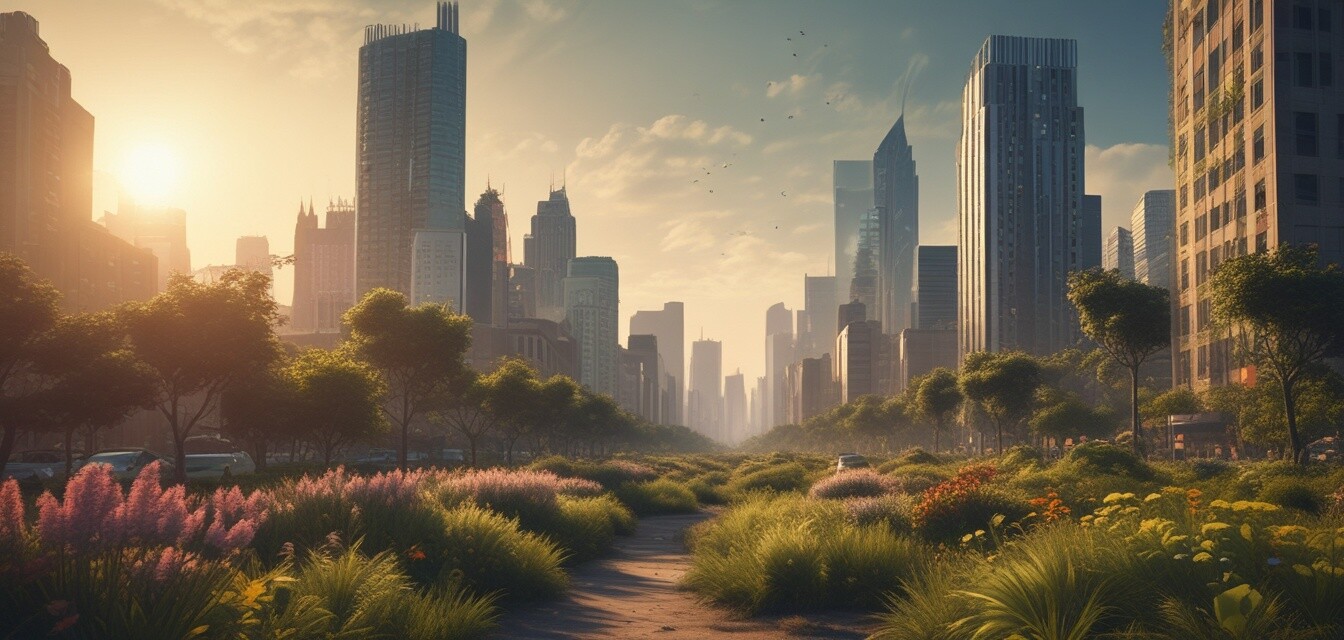
Impacts of Urbanization on Seasonal Allergies
- Urbanization leads to increased pollen levels due to changes in vegetation and landscape.
- Environmental pollution contributes to higher allergen potency, affecting allergy sufferers.
- Climate change and urban microclimates alter pollen seasons, making them longer and more intense.
- Understanding these impacts helps individuals manage their allergy symptoms effectively.
Urbanization is a phenomenon that has transformed our landscapes and lifestyles significantly over the past century. As cities expand and populations grow, various environmental changes occur that can directly impact the health and well-being of residents. One of the often-overlooked effects of urbanization is its influence on seasonal allergies. This article explores how urbanization and environmental changes are altering pollen patterns and contributing to increased allergy cases.
Understanding urbanization and its effects
Urbanization refers to the increasing number of people living in urban areas, leading to the growth and development of cities. This transformation often involves significant changes to natural landscapes, including deforestation, construction, and landscaping changes. Such changes can directly affect the types and amounts of pollen released into the atmosphere.
Impact on local flora
As cities expand, natural vegetation is often replaced with non-native plant species introduced for aesthetic purposes or landscaping. These plants can have different pollen production rates than local flora. The following table outlines some of the potential changes in urban flora that affect pollen levels:
| Type of Vegetation | Impact on Pollen Production | Examples |
|---|---|---|
| Native Plants | Typically lower, well-adapted to local conditions | Local grasses, wildflowers |
| Non-native Species | Often higher, can adapt rapidly to urban environments | Asian chestnut, ornamental trees |
| Hybrid Varieties | Variable, may produce larger quantities of allergenic pollen | Hybrid lawn grasses, cross-bred flowers |
The alteration in plant species shifts the timing and intensity of pollen release. Plants often bloom earlier in urban areas due to warmer temperatures, a phenomenon known as urban heat islands. This can lead to longer allergy seasons, affecting many individuals who suffer from allergies.
Environmental pollution and allergen potency
One of the significant byproducts of urbanization is pollution. Air pollutants can enhance the allergenic potency of pollen. Several studies have indicated that exposure to pollutants like particulate matter can increase the severity of allergic reactions in sensitive individuals. Here’s how pollution interacts with pollen:
- Increased allergenicity: Polluted air can make pollen grains even more irritating to the respiratory system.
- Enhanced survival: Pollutants can protect pollen grains from natural decay, increasing their presence in the air.
- Combination effects: Allergens from different sources can increase overall sensitivity in allergy sufferers.
Climate change and urban microclimates
Climate change is one of the most pressing challenges of our time and contributes to shifts in urban weather patterns. Urban microclimates can alter local temperatures and moisture levels, influencing pollen production. Here is a brief overview of how climate change is reshaping pollen seasons:
| Factor | Traditional Climate Patterns | Influenced Urban Climate |
|---|---|---|
| Temperature Rise | Pollen release occurs during specific seasons | Longer and earlier pollen seasons |
| Precipitation | Stable rainfall patterns | Increased rainfall leading to unpredictable blooming cycles |
| Humidity | Consistent humidity levels | Higher humidity can extend pollen viability |
These developments suggest that understanding local climate conditions becomes vital in managing seasonal allergies, as they can dictate not just the emergence of symptoms but also the efficacy of allergy treatments.
Combating the impacts of urbanization on allergies
While urbanization presents challenges for allergy sufferers, there are ways to mitigate its effects. Implementing better urban planning and incorporating green spaces can help alleviate some of the impacts. Here are a few actionable steps:
Tips for managing allergies in urban settings
- Monitor local pollen counts and adjust outdoor activities accordingly.
- Create a clean indoor environment using air purifiers. For more information, check our guide on air purifiers.
- Choose hypoallergenic bedding to reduce exposure at home; refer to our article on allergy-proof bedding.
- Consider allergen-reducing eye drops or treatments detailed in our section on eye drops & treatments.
- Stay informed about new allergy medications and trends through our tips and best practices section.
By taking proactive measures, individuals can significantly reduce their allergy symptoms and improve their overall quality of life, regardless of urban challenges.
Conclusion
Urbanization dramatically impacts seasonal allergies through altered pollen patterns and increased allergen exposure. Recognizing these changes enables allergy sufferers to adopt effective strategies for management. As our cities continue to evolve, awareness and adaptation will be crucial in combating the health implications of urbanization on our lifestyles.